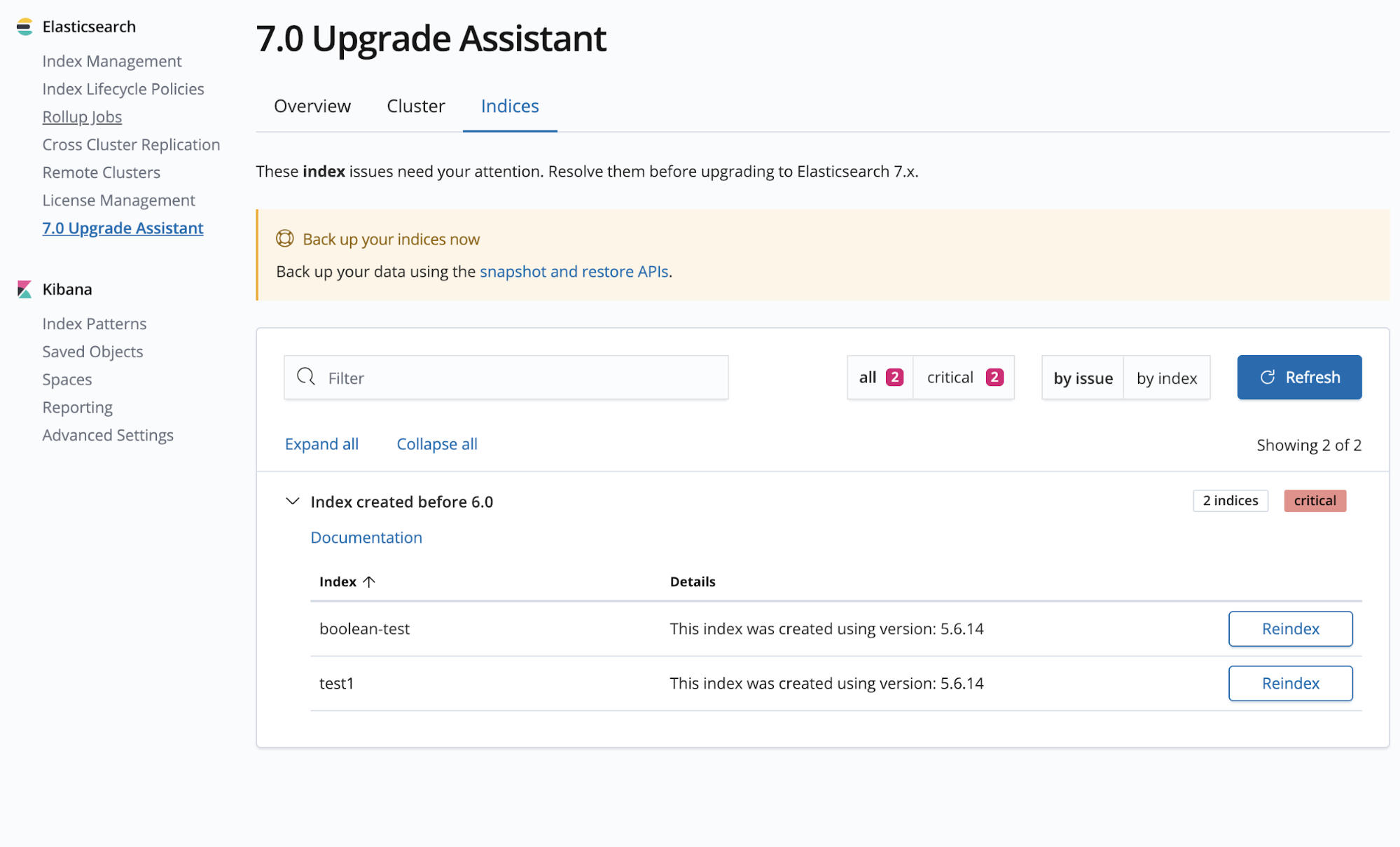6.7.0 release highlights
edit6.7.0 release highlights
editEach release of Kibana brings new features and product improvements. Here are the highlights of the feature and user experience changes in 6.7.0.
Refer to the Kibana 6.7.0 Release Notes for a list of bug fixes and other changes.
Kibana localization and support for Simplified Chinese
editKibana now supports Simplified Chinese, in addition to English. With 6.7,
Kibana introduces a new localization framework to support localized text.
If you’d like to use Kibana with Simplified Chinese, set i18n.locale to
zh-CN in the kibana.yml file.
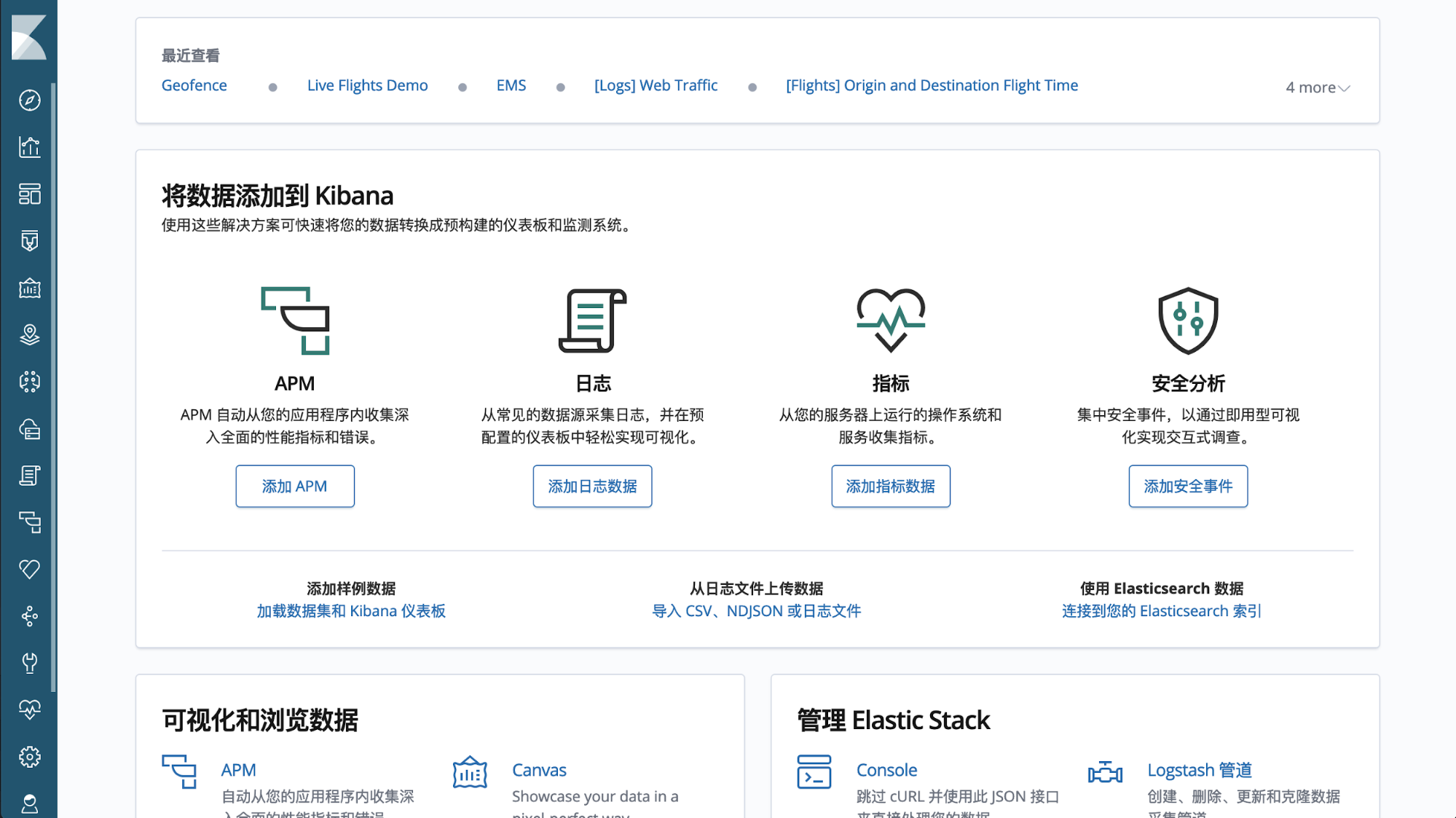
Maps for geospatial analysis
edit[beta] This functionality is in beta and is subject to change. The design and code is less mature than official GA features and is being provided as-is with no warranties. Beta features are not subject to the support SLA of official GA features. Kibana has a new application built for geospatial analysis: Maps. “Where” is a critical question for most data points, and Maps enables you to ask (and answer) meaningful questions for your location-based data. Maps doubles down on geo and introduces all new features, such as support for multiple layers and data sources, mapping individual geo points and shapes, dynamic client-side styling, and global search for ad-hoc analysis. To get started, check out this Maps tutorial.
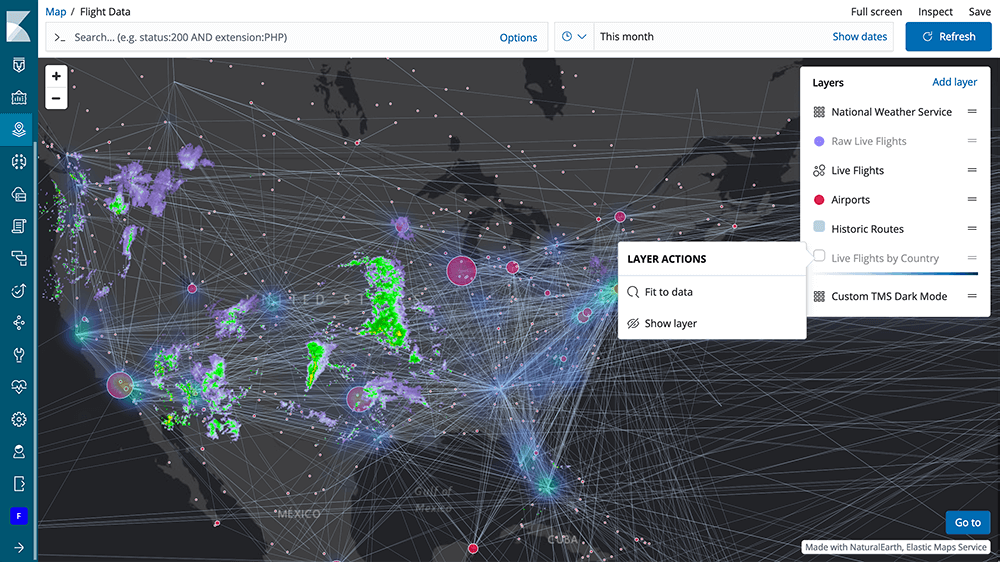
Follower indices in Cross-Cluster Replication
editElasticsearch has the ability to follow an index in cross-cluster replication (CCR), and Kibana supports this feature with Add Follower Index. With this new UI, you can replicate data from existing indices, or set up local followers on a case-by-case basis. CCR is a Platinum feature and is ready for production use in 6.7. CCR is available through a 30-day trial license, which you can activate in Kibana License Management.
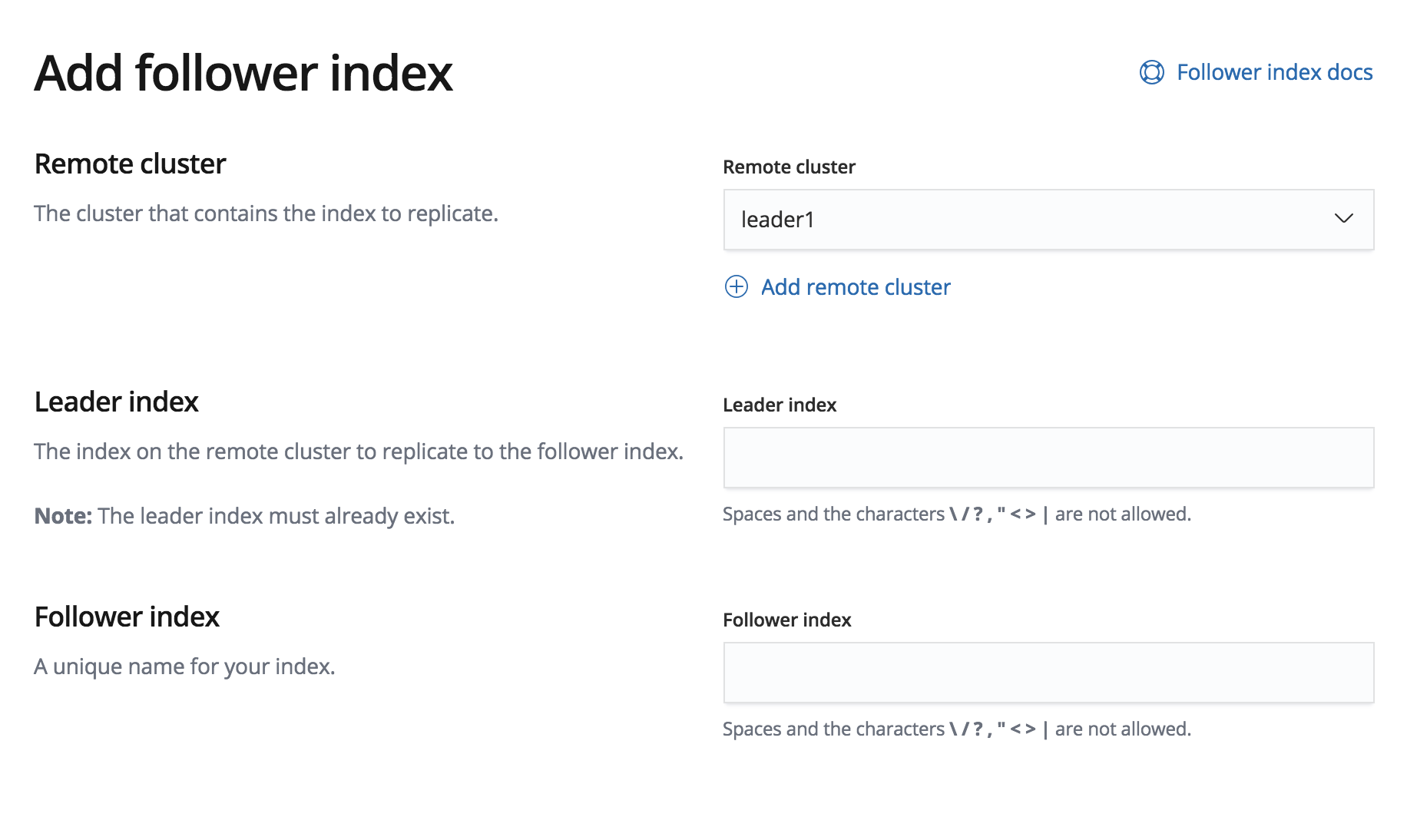
New actions in Index Lifecycle Management
editKibana has a number of improvements in Index Lifecycle Management (ILM). Building on the support for frozen indices in Elasticsearch 6.7, Kibana adds the ability to freeze and unfreeze indices in the cold phase. Freezing an index keeps it searchable for a longer period and reduces the hardware requirements. Kibana also now allows you to set a priority for recovering an index after node restart.
In 6.7, ILM officially moves out of beta and into production use.
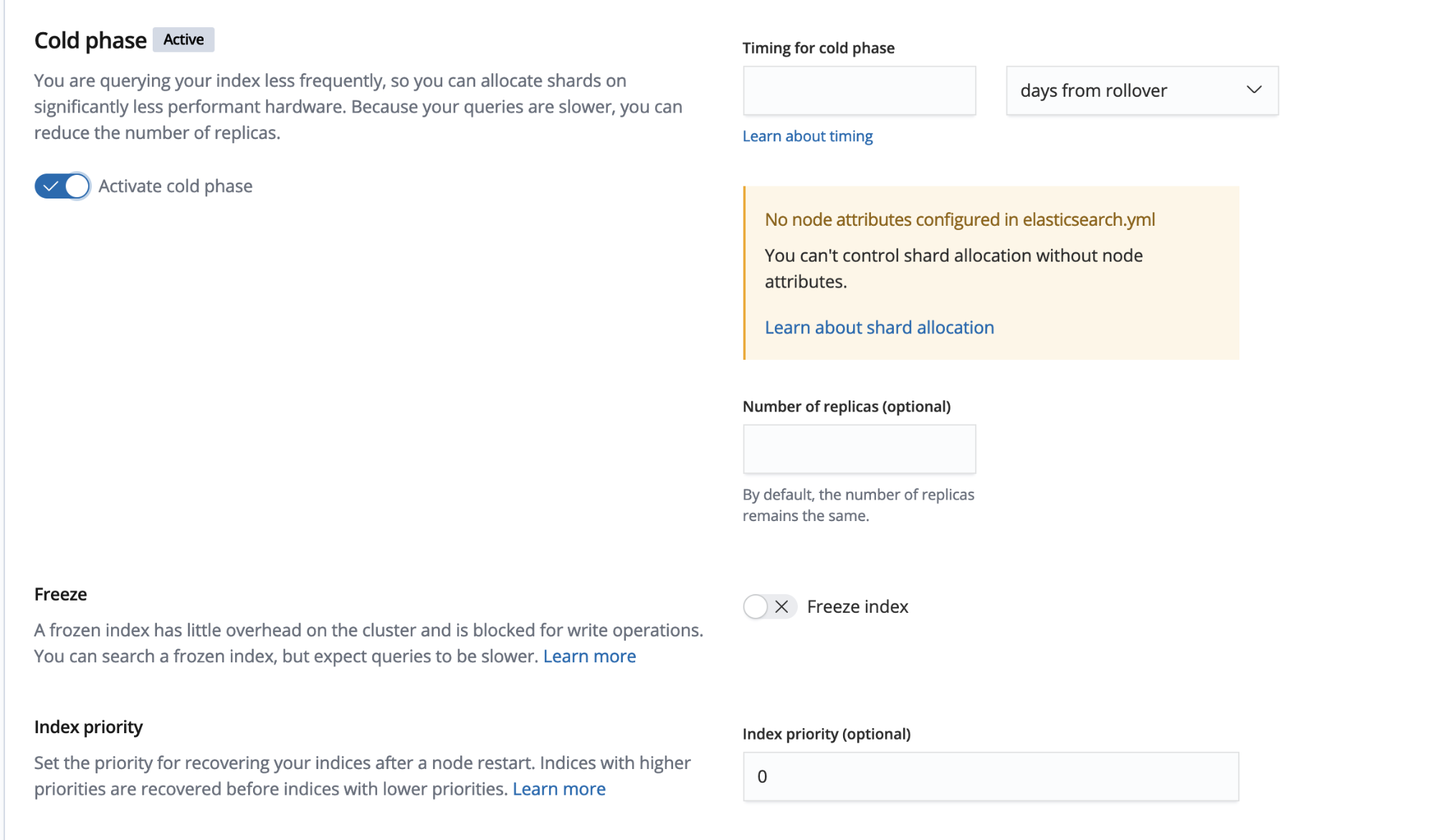
Frozen indices in Index Management
editKibana has several enhancements in Index Management related to frozen indices You can now freeze and unfreeze indices from the Manage menu. Kibana also now marks frozen indices, follower indices, and rollup indices with badges, so you can easily distinguish them at-a-glance.
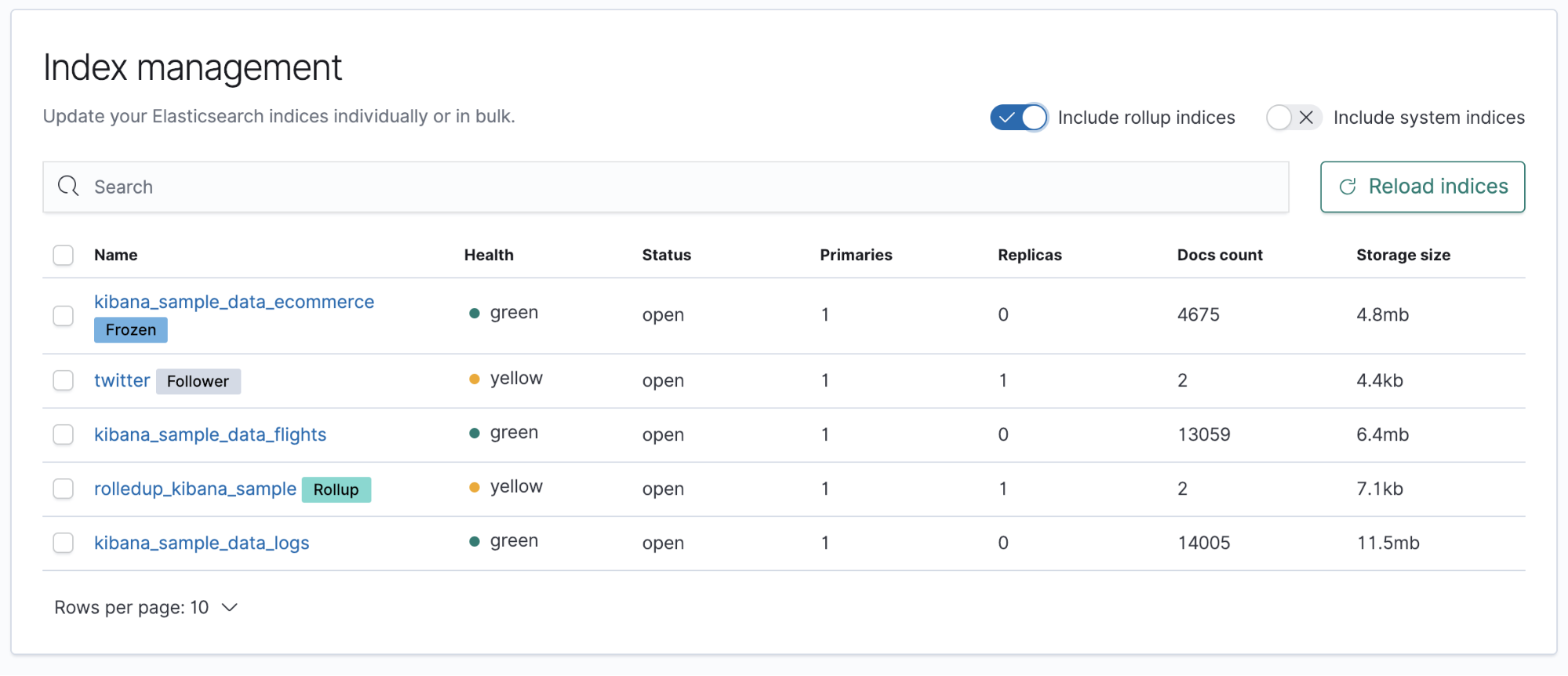
Canvas is now GA
editMany performance and stability improvements went into Canvas, which is production ready for 6.7. To find out more about what’s in Canvas and how to use it, go to the Canvas documentation.
Starting in 6.7, you can upload images in bulk to your workpad. Simply click Manage assets at the top of your workpad and select the file picker. You can load your workpad with all of the images (SVGs, GIFs, etc.) you want and then easily access them from the asset picker when you add image elements.
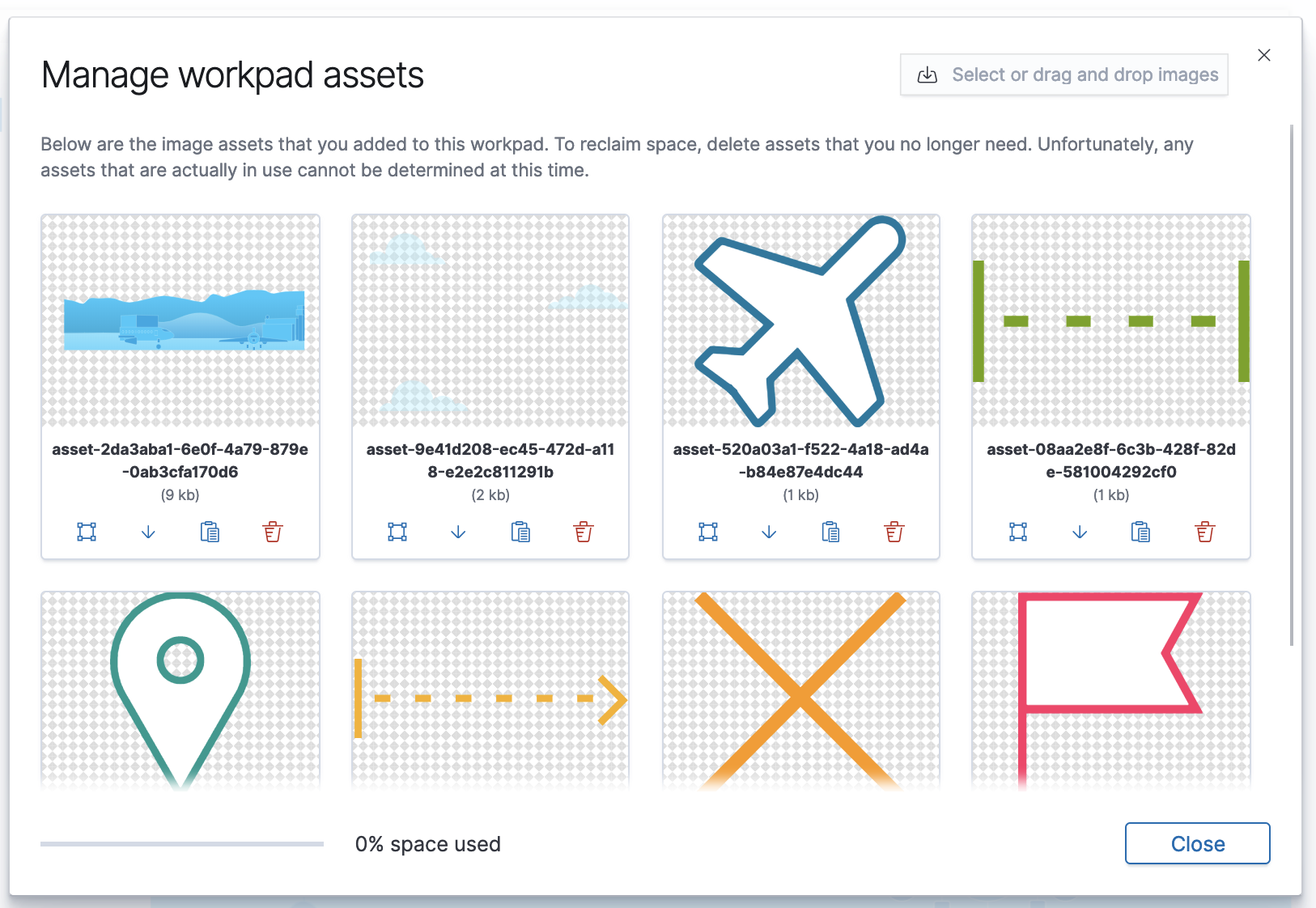
Also in 6.7, you can download the workpad directly from the Edit view. Simply click the link in the workpad header to download a JSON file.
Infrastructure is now GA
editThe Infrastructure app is ready for production use in 6.7. This app is a turnkey solution for monitoring infrastructure metrics using the Elastic Stack. You can configure indices and fields associated with Infrastructure via Source Configuration, specify a neutral color gradient, group the Map view by any field, and switch to an alternative Table view. For more information about this app, check out the Infrastructure documentation.
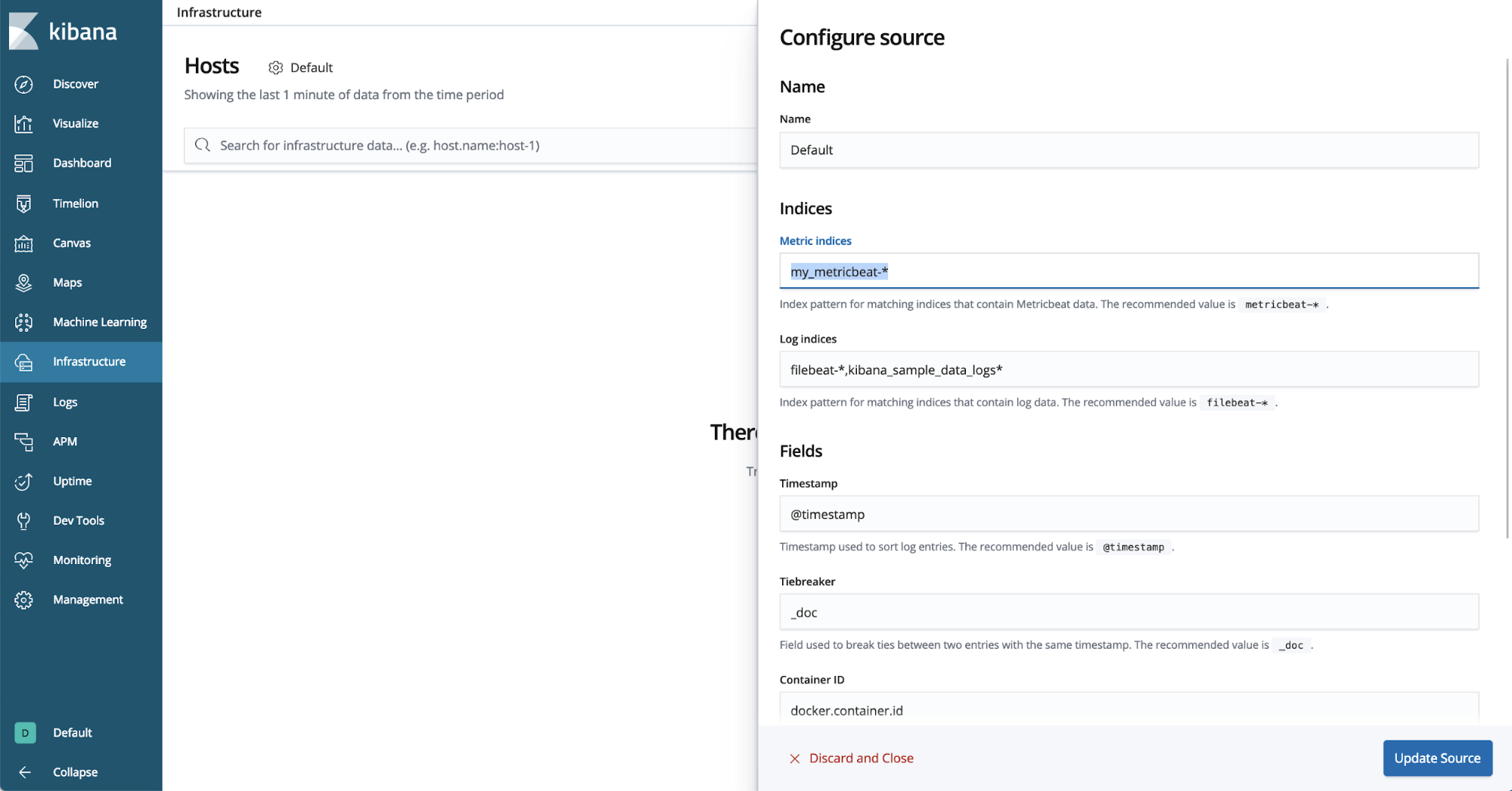
Logs is now GA
editThe Kibana Logs app is GA in 6.7. This app is a console-like experience for working with logs using the Elastic Stack. You can configure indices and fields associated with Logs via Source Configuration and view metadata and structured fields associated with each log line via the Log event details. For more information about this app, see the Logs documentation.
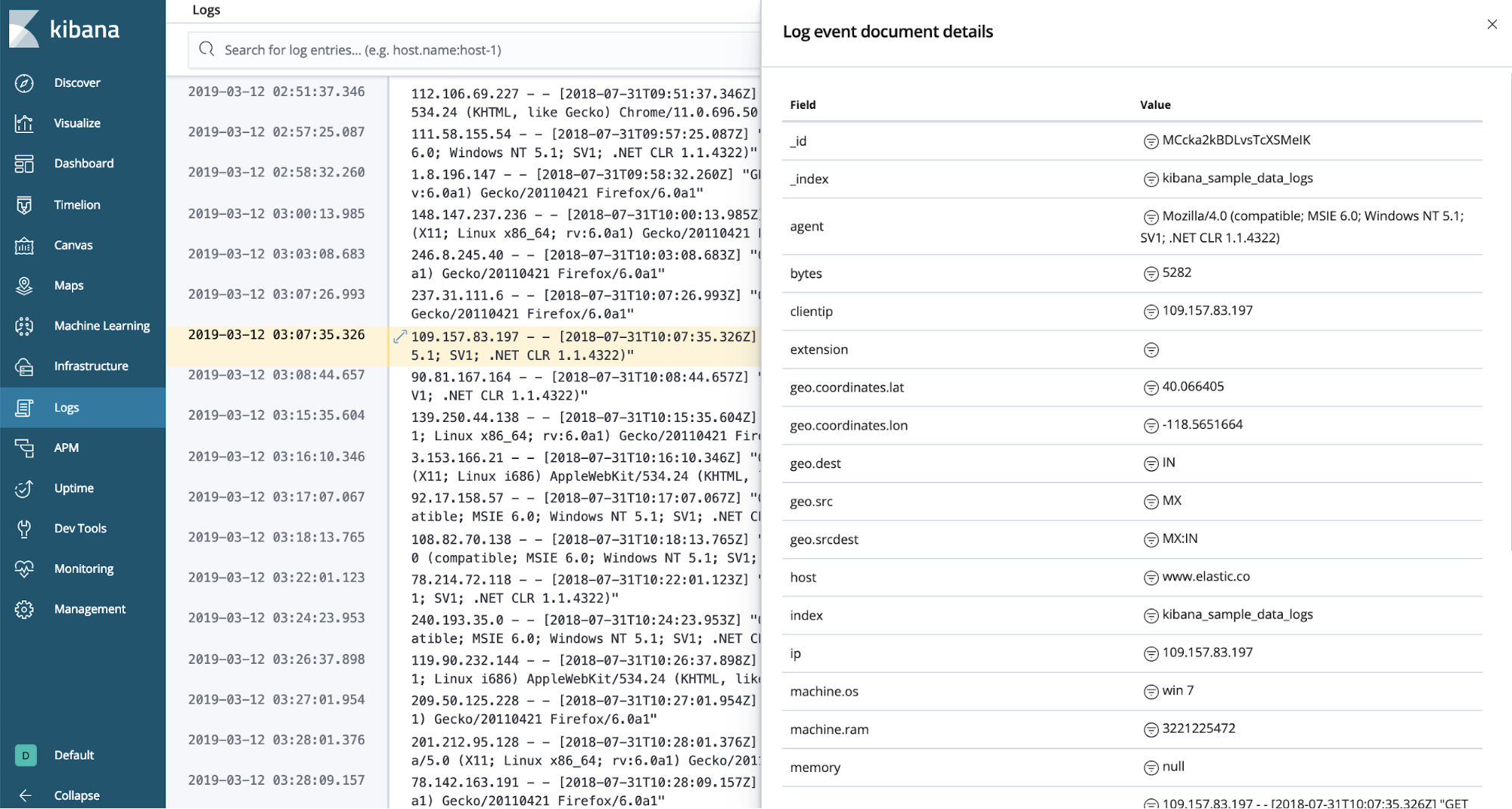
Introducing Uptime
editThis release introduces Uptime, which enables you to easily navigate the status of your active application checks powered by Heartbeat. See the Uptime documentation for details.
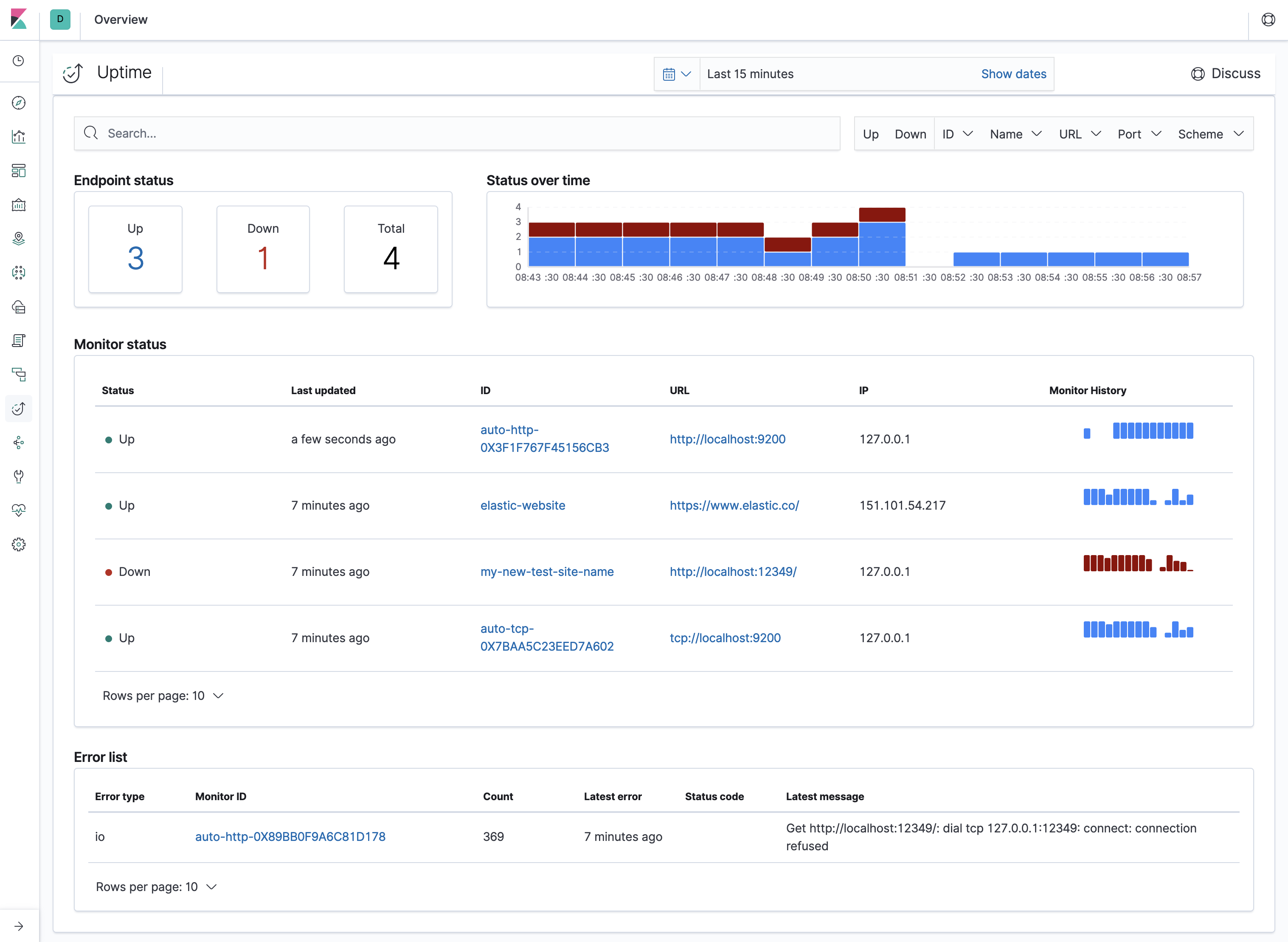
Upgrade Assistant reintroduced
editThe Upgrade Assistant available in Kibana 5.6 has been reintroduced in 6.7 to assist with your upgrade to Elasticsearch 7.0. The reindex feature is enhanced in two important ways. When you initiate a reindex through the Upgrade Assistant, the process is now managed in the background. You can navigate away from the page and get an updated status for the reindex when you return. When reindexing, Kibana also now fixes commonly used settings that were removed in 7.0. If reindexing fails, the tool reverts any changes back to the initial state.
